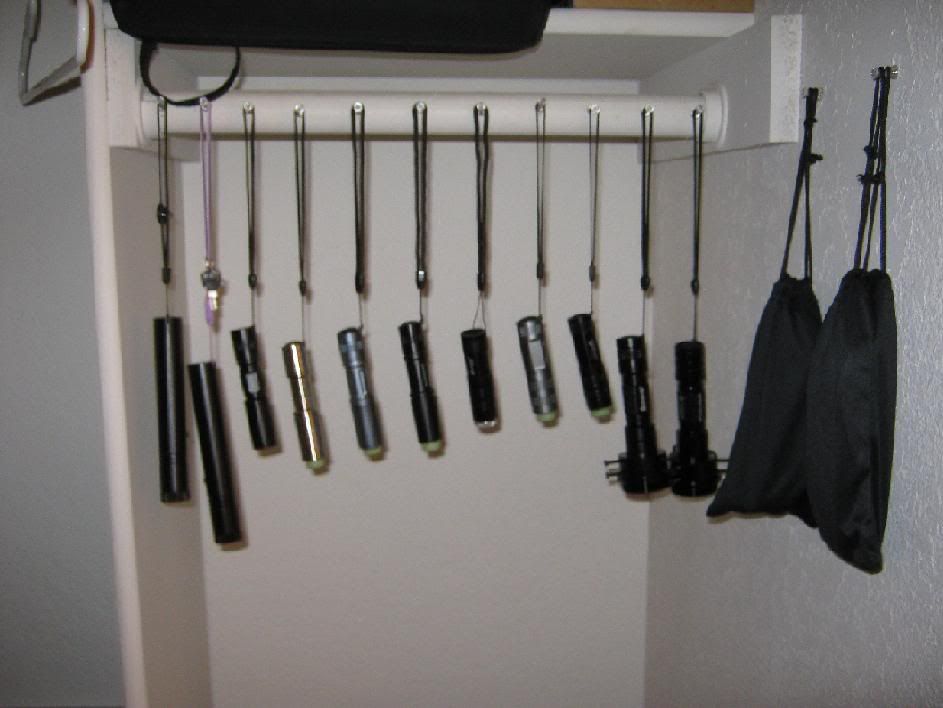Here's my actual collection

And self made nitrogen laser that actually is not a laser

because it doesn't have resonant cavity, it's an optical amplifier.

A self made nitrogen laser IS a laser, for at least two reasons: 1) By definition. 2) By relationship.
1) By definition, it qualifies as a laser being "Light Amplification by Stimulated Emission of Radiation".
2) By relationship, because it is no different from any other laser. Resonator Mirrors provide at least two functions: 1) Feedback to enable net gain within an amplifying medium 2) Selective feedback for control of wavelength, or group of wavelengths at which net gain will be obtained.
Any laser (at least that I am aware) should have a net gain if the amplifying medium is long enough. The net gain can also be obtained by increasing the amplifying medium density, as opposed to its length. But this often raises the threshold required for lasing. An example of this is where a nitrogen laser is used to pump a dye laser: the nitrogen laser beam is focused into a line on the dye's surface, using a cylinderical lens. The dye is often so concentrated that it absorbs nearly all of the nitrogen laser beam within less than a millimeter past the surface. This 'dense' concentration of dye molecules results in extraordinary gain (lasing can often occur along a line only 1cm long, with no mirrors required), but a high threshold (a nitrogen laser, by the way, would require mirrors if it were only 1cm long). The threshold is so high that pumping is impractical with a flash lamp (not to mention that only the surface of the dye would be usable), but the peak power of a nitrogen laser overcomes this threshold, and in doing so results in a simple laser requiring minimal or no feedback from mirrors. Here's an example:

A ruby laser, on the other hand, generally requires some feedback. My ruby laser will not lase at all without mirrors, but it requires so very little feedback (percentage of reflectance) that a piece of ordinary glass can be used as an output coupler. Common helium neon lasers often require output couplers that reflects around 99.9% of the laser wavelength, in order to enable the low gain to overcome losses. Even a HeNe laser, however, would lase without mirrors if the tube were long enough (at least in theory - I'm not sure if there would be a problem with competing laser wavelengths). But it's not practical. Therefore mirrors are only a method used to artificially increase the length of an active medium, and the level of feedback from these mirrors (percentage of reflectivity at a relevant group of wavelengths for an ouput coupler) differs from one type of laser to the next.
So the requirement for mirrors with any laser, and the percentage of reflectance (feedback) required for an output coupler, is dependent upon several other factors which include:
1) Percentage of gain for a given host (by host, I mean the specific material that generally defines a laser type, in which the light amplification takes place).
2) Length of active medium (or volume, if you will: if the length is not significantly greater than the 'width', then there is no way to confine potential amplification to a chosen path (we see an example of this in the atmosphere of Mars, where CO2 in the Martian atomsphere lases at invisible wavelengths when pumped by sunlight).
3) Density of gain medium. I don't think this applies with all lasers, but it does given the examples above (ruby and dye types). Gain can be increased by increasing the density of the active medium as opposed to its length, but does so at the cost of having a higher threshold (at least in my examples).
The difference between a laser with mirrors that reflect most of the light, some of the light, or no mirrors at all, depends in part on the factors mentioned above. From a practical perspective, low gain lasers always require very good dielectric mirrors. Solid state lasers often require good mirrors in order to manage their size and pumping requirements. Nitrogen lasers can be designed without mirrors while still maintaining a reasonable length, due to unusually high gain.





















